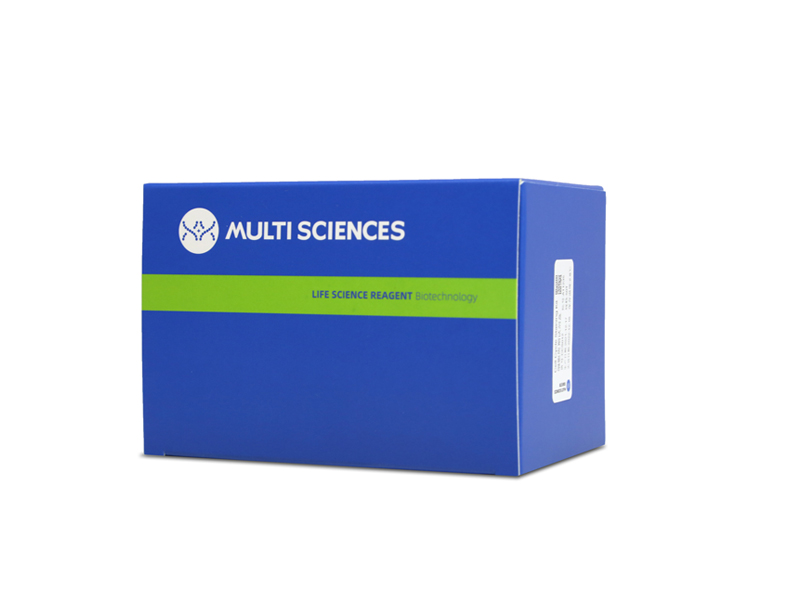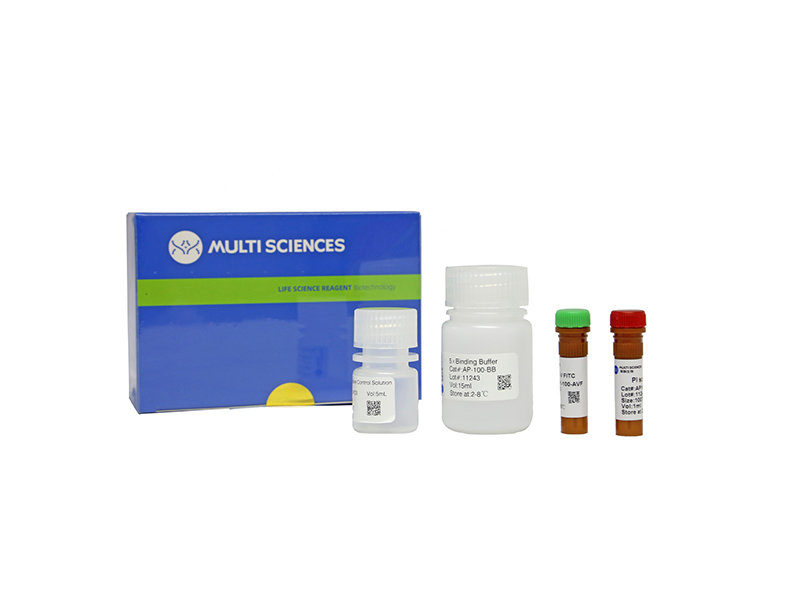BACKGROUND Liuweiwuling Tablet (LWWL) is a Chinese patent medicine approved for the treatment of chronic inflammation caused by hepatitis B virus (HBV) infection. Previous studies have indicated an anti-HBV effect of LWWL, specifically in terms of antigen inhibition, but the underlying mechanism remains unclear. AIM To investigate the potential mechanism of action of LWWL against HBV. METHODS In vitro experiments utilized three HBV-replicating and three non-HBV-replicating cell lines. The in vivo experiment involved a hydrodynamic injection-mediated mouse model with HBV replication. Transcriptomics and metabolomics were used to investigate the underlying mechanisms of action of LWWL. RESULTS In HepG2.1403F cells, LWWL (0.8 mg/mL) exhibited inhibitory effects on HBV DNA, hepatitis B surface antigen and pregenomic RNA (pgRNA) at rates of 51.36%, 24.74% and 50.74%, respectively. The inhibition rates of LWWL (0.8 mg/mL) on pgRNA/covalently closed circular DNA in HepG2.1403F, HepG2.2.15 and HepG2.A64 cells were 47.78%, 39.51% and 46.74%, respectively. Integration of transcriptomics and metabolomics showed that the anti-HBV effect of LWWL was primarily linked to pathways related to apoptosis (PI3K-AKT, CASP8-CASP3 and P53 pathways). Apoptosis flow analysis revealed that the apoptosis rate in the LWWL-treated group was significantly higher than in the control group (CG) among HBV-replicating cell lines, including HepG2.2.15 (2.92% ± 1.01% vs 6.68% ± 2.04%, P < 0.05), HepG2.A64 (4.89% ± 1.28% vs 8.52% ± 0.50%, P < 0.05) and HepG2.1403F (3.76% ± 1.40% vs 7.57% ± 1.35%, P 0.05), L02 cells (5.49% ± 0.80% vs 5.48% ± 1.01%, P > 0.05) and LX2 cells (6.29% ± 1.54% vs 6.29% ± 0.88%, P > 0.05). TUNEL staining revealed a significantly higher apoptosis rate in the LWWL-treated group than in the CG in the HBV-replicating mouse model, while no noticeable difference in apoptosis rates between the two groups was observed in the non-HBV-replicating mouse model. CONCLUSION Preliminary results suggest that LWWL exerts a potent inhibitory effect on wild-type and drug-resistant HBV, potentially involving selective regulation of apoptosis. These findings offer novel insights into the anti-HBV activities of LWWL and present a novel mechanism for the development of anti-HBV medications.
文章引用产品列表
-
- AT104 67 Citations
- 凋亡试剂盒
Annexin V-PE/7-AAD Apoptosis Kit(细胞凋亡试剂盒 - 贴壁细胞专用)
- ¥1,010.00 – ¥2,090.00
-
- AP104 95 Citations
- 凋亡试剂盒
Annexin V-PE/7-AAD Apoptosis Kit 细胞凋亡试剂盒
- ¥780.00 – ¥1,860.00



